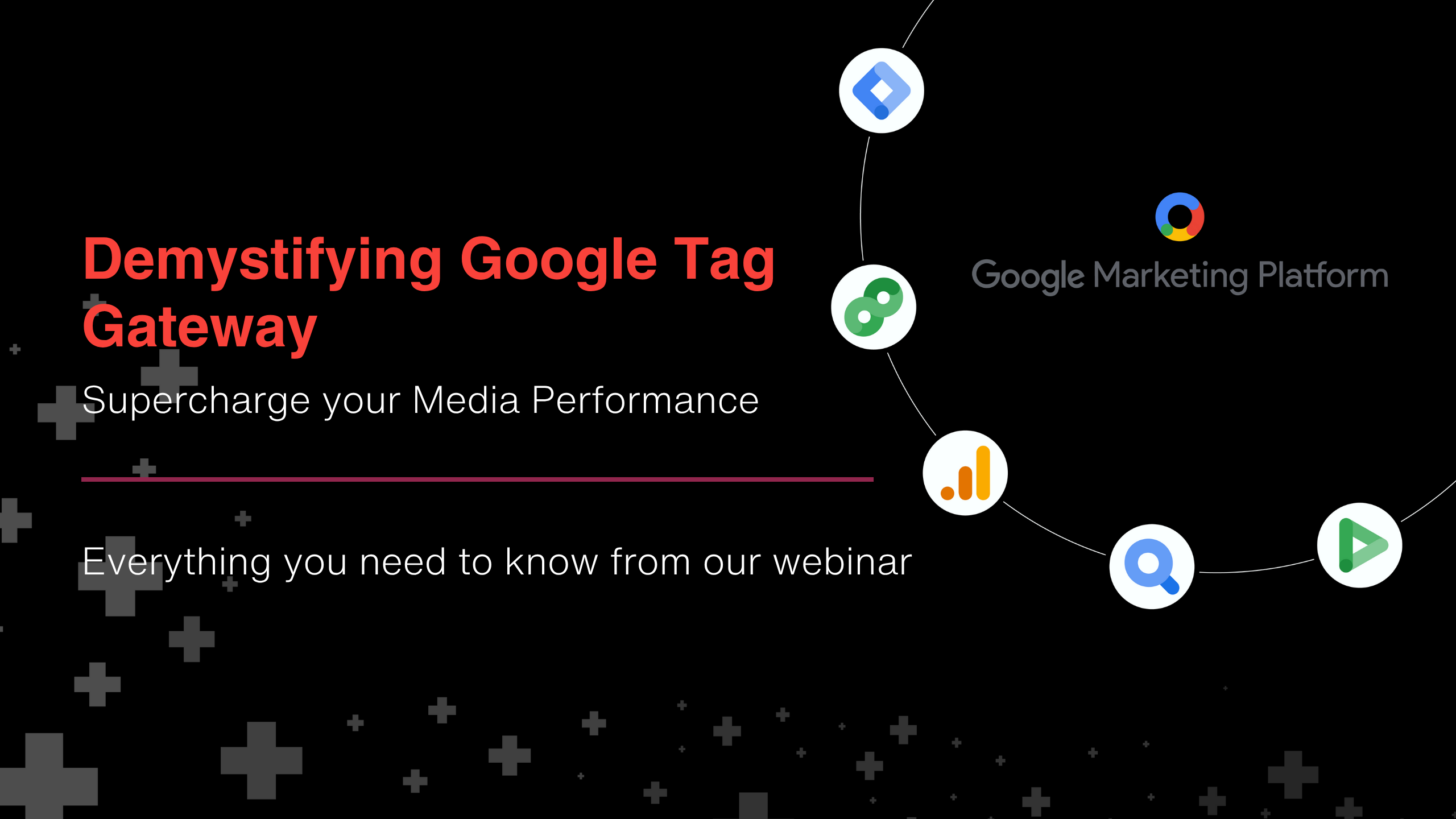
As the digital landscape continues to evolve, marketers are under more pressure than ever to make smarter use of first-party data. In our recent webinar, Demystifying Google Tag Gateway: Supercharge Your Media Performance, Adam Taylor (Data Infrastructure Lead, Google) joined Keith Lavender (Head of Google Marketing Practice Operations, Assembly Europe) and Lesley Duncan (Client Partner, Assembly Europe) to explore how Google’s latest privacy-safe solution is helping advertisers meet that challenge. With early adopters seeing a 11% uplift in signals, the solution has quickly become a game-changer for durable measurement and enhanced campaign performance.
Hosted by Assembly Europe, a full-stack Google Marketing Platform reseller, the session unpacked how to get started, real-world use cases, and what it all means for the future of media effectiveness.
To help advertisers understand more about this solution and Google’s wider suite of privacy-safe tech, we’ve summarised the key takeaways for you below:
What is Google Tag Gateway?
Google Tag Gateway (GTG) is a performance-focused solution that ensures your Google tag will continue to operate effectively in accordance with evolving browser policies that restrict third-party measurement.
Without GTG, your webpage requests a Google tag from a Google domain. Whereas with GTG enabled, the website will load the Google Tag from your own first-party domain.
What’s the value of it?
1. Increase your measured conversions by ensuring your Google tag can operate effectively even with browser policies that restrict third-party measurement.
2. Improved conversion modelling: Improved data collection from unblocked tags offsets the impact gCLID loss by ensuring more accurate modelling.
3. Improve data quality by ensuring your Google tag can operate effectively in accordance with browser policies that restrict third-party measurement.
4. Minimising third-party integrations on your website will enhance security by reducing potential vulnerabilities. The Google Tag, even when served via GTG, is still hosted by Google. This ensures that when Google upgrades its scripts, your customer's tag will upgrade as usual.
How can we implement it?
There are two ways to enable Google Tag Gateway. For enhancement of your broader first-party infrastructure, we’d recommend enabling it via Server-Side GTM. However, it can also be enabled via Content Delivery Network, if Cloudflare is the CDN you utilise.
If resource is tight, our Martech Consulting Team can provide hands-on or advisory support in implementing this solution. You can book an initial free consultation here.
Final Thoughts
Adam Taylor said, “The client-agency relationship is key to setting things up for success. Speed really matters here, and there’s still a big first-mover advantage. We’re seeing adoption grow, but we’re nowhere near full adoption across the UK and Europe. The earlier brands get on board, the more they stand to gain. Stronger signals lead to better bidding, and automated solutions like PMax work harder with the right data.”
Keith Lavender added, “Please reach out to us and we can see how quickly we can roll this new solution out for you. This is important for ALL clients regardless of which Tag Management Solution they use as this is fundamentally about ensuring that the Google Scripts are firing from your first-party domain, regardless of how the “tags” are pushed to your website.”
Contact Us
If you’re keen on arranging a meeting with our Google Marketing Practice team to delve into the intricacies of Google’s solutions, brainstorm future strategies, or clarify any queries, don’t hesitate to get in touch at Keith.Lavender@assemblyglobal.com.




